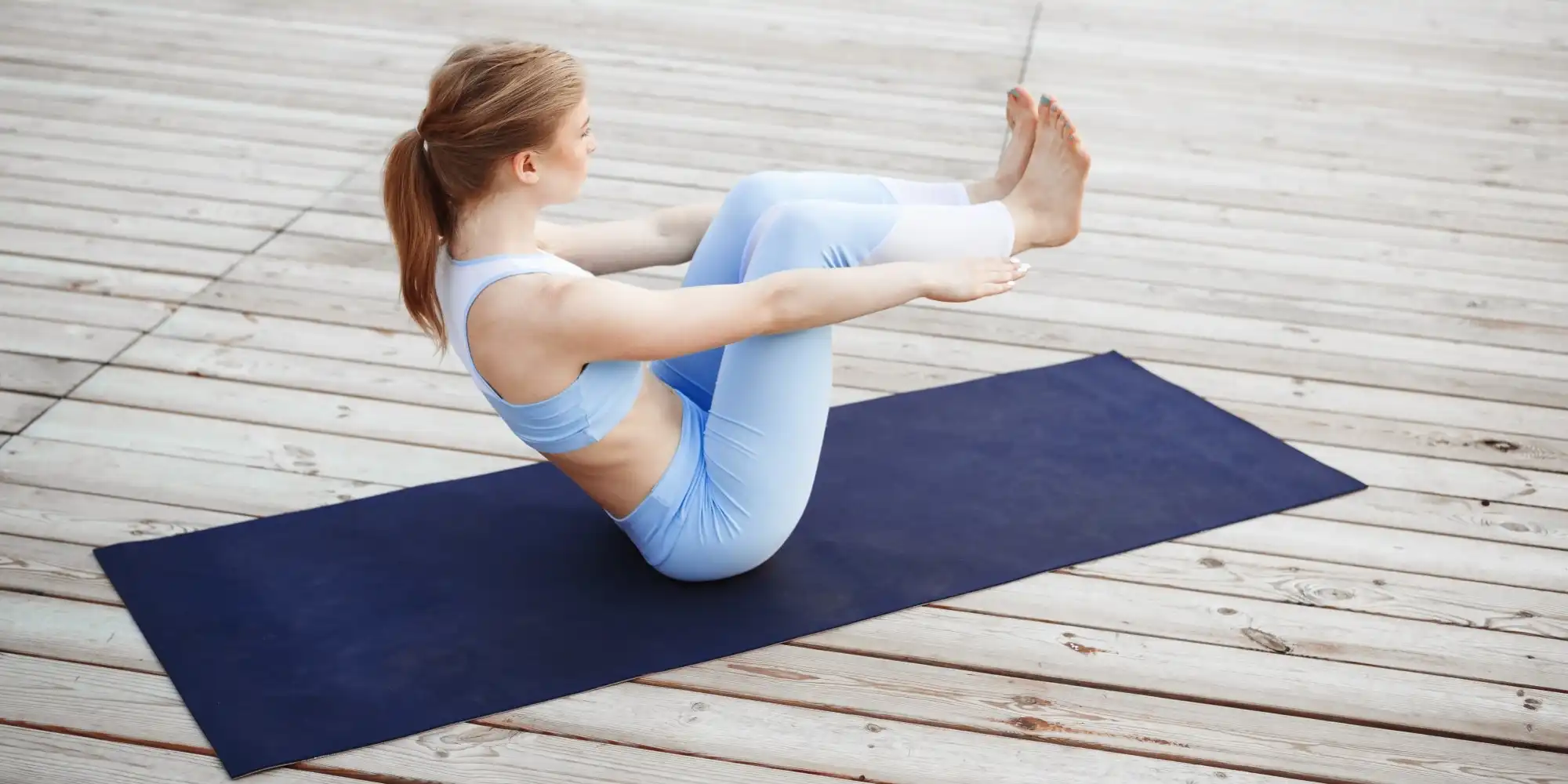Yoga, a practice deeply rooted in ancient traditions, has evolved significantly over the years. While the essence of yoga remains unchanged, the tools and accessories used in its practice have seen remarkable advancements. One such essential accessory, the yoga mat, has witnessed a revolution in materials and technologies, going beyond the basics to enhance the overall yoga experience. In this article, we explore the latest innovative materials that are shaping the modern yoga mat landscape, and we’ll delve into some proprietary materials unique to certain brands.
The Evolution of Yoga Mat Materials
1. Natural Rubber: A Sustainable Foundation
Traditional yoga mats often use PVC (polyvinyl chloride), which is durable but not environmentally friendly. The shift towards sustainability has led to the adoption of natural rubber. Sourced from rubber trees, this material is not only biodegradable but also provides excellent grip and cushioning for a comfortable practice.
2. TPE (Thermoplastic Elastomer): Eco-Friendly Flexibility
TPE is a recyclable and biodegradable alternative to traditional yoga mat materials. It offers a good balance of durability, cushioning, and eco-friendliness. Mats made from TPE are free from harmful chemicals, making them a safer choice for both the environment and practitioners.
3. Cork: Naturally Non-Slip and Antimicrobial
Cork is gaining popularity as a top layer material for yoga mats. Known for its natural antimicrobial properties, cork provides a non-slip surface even when wet. Additionally, its unique texture adds a tactile element to the mat, enhancing the overall yoga experience.
4. Natural Jute: Eco-Friendly Texture
Jute, a natural fiber derived from plants, is another eco-friendly option for yoga mats. It’s known for its robustness and textured surface, providing excellent grip during various yoga poses. Jute mats are not only sustainable but also add a touch of nature to your practice.
Proprietary Materials: Unique Offerings from Leading Brands
1. Liforme’s Biodegradable Polymer
Liforme, a renowned yoga mat brand, takes sustainability to the next level with its biodegradable polymer. This material ensures that their mats break down naturally over time, reducing environmental impact. Liforme mats are also known for their alignment markers, aiding practitioners in maintaining proper posture.
2. Manduka’s PRO Series PVC Alternative
Manduka, a pioneer in eco-friendly yoga gear, introduces a proprietary PVC alternative in its PRO series mats. The closed-cell PVC-free material provides durability without compromising on performance. These mats are designed to last, reducing the need for frequent replacements and contributing to a more sustainable practice.
Elevate Your Practice with Innovation
As the yoga community becomes increasingly conscious of environmental impact, the demand for innovative and sustainable materials in yoga mats continues to grow. Whether you prioritize eco-friendliness, durability, or a combination of both, the diverse range of materials available today ensures there’s a perfect mat for every yogi.
When choosing a yoga mat, consider your values, preferences, and the environmental impact of the materials. Explore the proprietary offerings from leading brands for a mat that not only supports your practice but also aligns with your commitment to a greener, more mindful world.
Elevate your practice with these innovative materials, and let your yoga mat be more than just a surface—it becomes a reflection of your dedication to both personal well-being and the well-being of the planet.
Frequently Asked Questions (FAQ)
Q: Are these innovative yoga mats suitable for all types of yoga?
A: Yes, the materials discussed cater to various yoga styles, providing the right balance of grip and comfort for practices ranging from gentle to more intense sessions.
Q: How do I maintain and clean yoga mats with these innovative materials?
A: Cleaning instructions vary, but generally, a mixture of mild soap and water works well. Avoid harsh chemicals to preserve the integrity of the materials. Always refer to the manufacturer’s guidelines for specific care.
Q: Can I use these mats if I have latex allergies?
A: Natural rubber mats might trigger latex allergies. Consider TPE, cork, or jute mats as latex-free alternatives. Always check product specifications and consult with your healthcare provider if you have concerns.
Q: Are these mats suitable for hot yoga?
A: Many of these materials, like TPE and cork, offer excellent grip even in hot and humid conditions. Always check the product specifications to ensure suitability for hot yoga.
Q: Are proprietary materials worth the investment?
A: Brands with proprietary materials often focus on durability, sustainability, and unique features. Investing in such mats can offer long-term value and a more personalized yoga experience.
